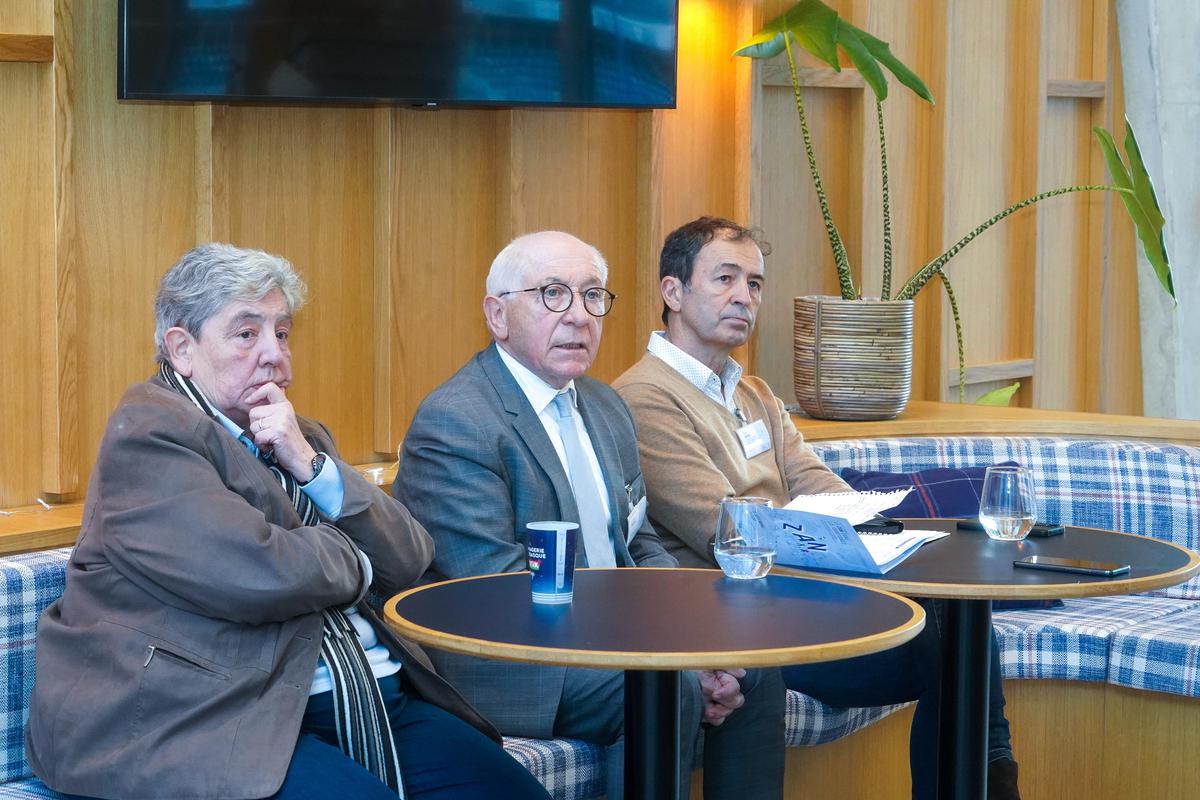As a result of the Climate and Resilience Law, it has been officially in force since a decree was published on November 28, and the plan, to put it simply, is to build more while taking up less space.
President Jean-René Etchegaray does not want to waste time. On Wednesday, December 13, he brought together elected officials from the region and neighbors from Béarn and the south of the Landes in Bayonne to reflect on the consequences of the ZAN. They worked with specialists in urban planning, biodiversity, legal affairs and even architecture to better understand it and realize it without having to put up with it.
Because a land reserve target will be set for each area through the future Regional Planning, Sustainable Development and Territorial Equity (Sraddet) plan. Currently, 22,500 hectares are urbanized in the Basque Country, or 8.5% of the territory, more than the national average. In ten years, from 2011 to 2021, 130 hectares were consumed annually.
“We attended several workshops with 160 participants, which resulted in lively debates, with concerned elected officials who are gradually getting used to the ZAN, because they are aware of the issues. We must be the guardians of public control over land. Today we have many subdivisions of eight lots spread over an acre. They represent 50% of land consumption, we must imagine a different way of housing. » The famous “city on the city” to be built, with a logic of density that would no longer be a dirty word.
Plan
ZAN is not ready in one day. It will undergo necessary planning under the Territorial Coherence Scheme (Scot) and the development of the Local Intercommunal Urban Planning Plan (PLUi). “This first requires the acceptability of changes by elected officials and local stakeholders,” underlines Bruno Carrère, responsible for urban planning at the CAPB. Until a few years ago, we thought it was no problem to consume space. We need to review all this and rethink the models for future residents. »
A shift that will also have financial consequences when we know that property taxes represent up to 70% of municipal tax revenues. “It must be more related to the project than to the land registry, we must break away from the cadastral unit, the ZAN must be considered as a tax on shares,” explains Jean-René Etchegaray.

